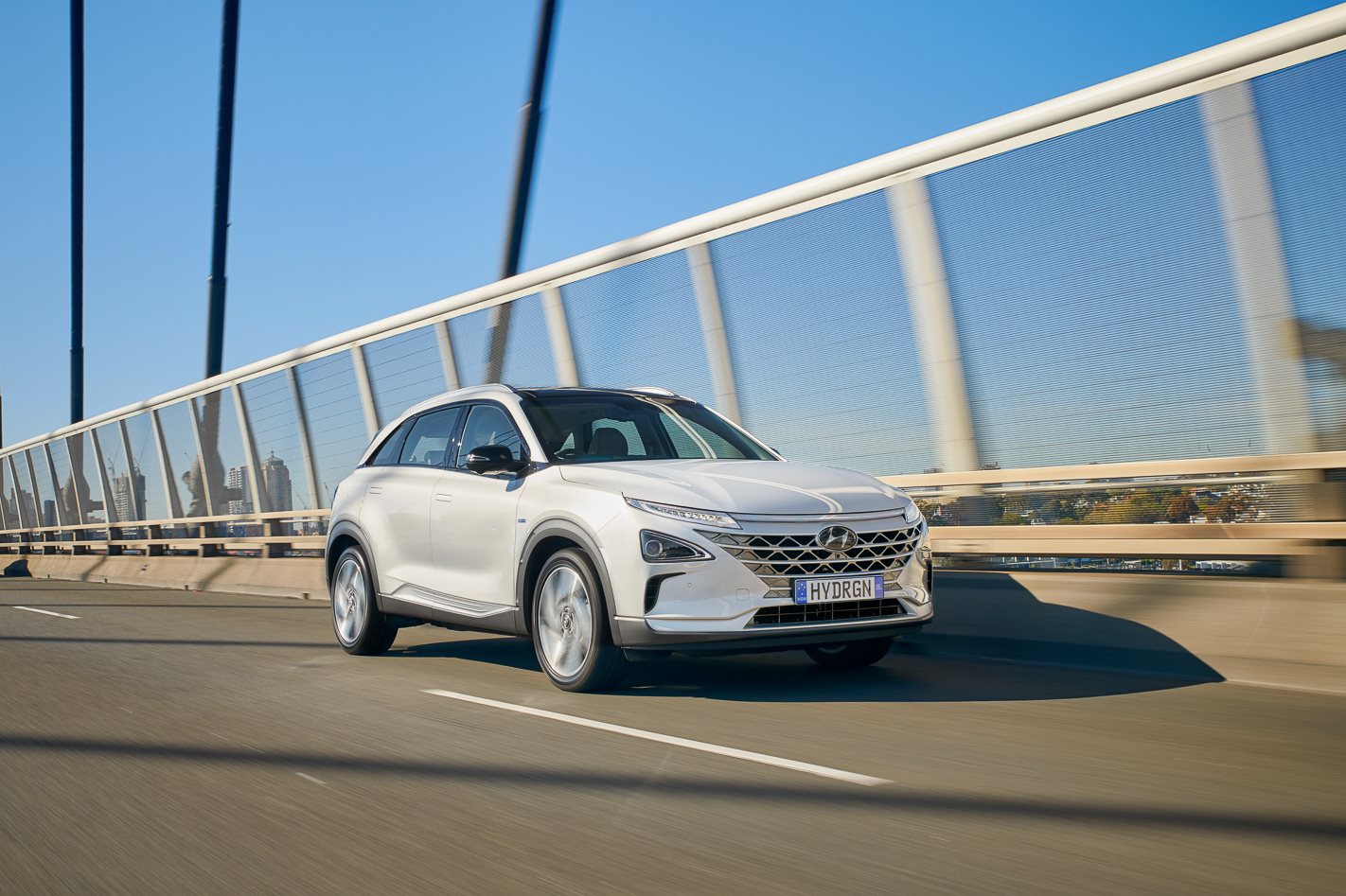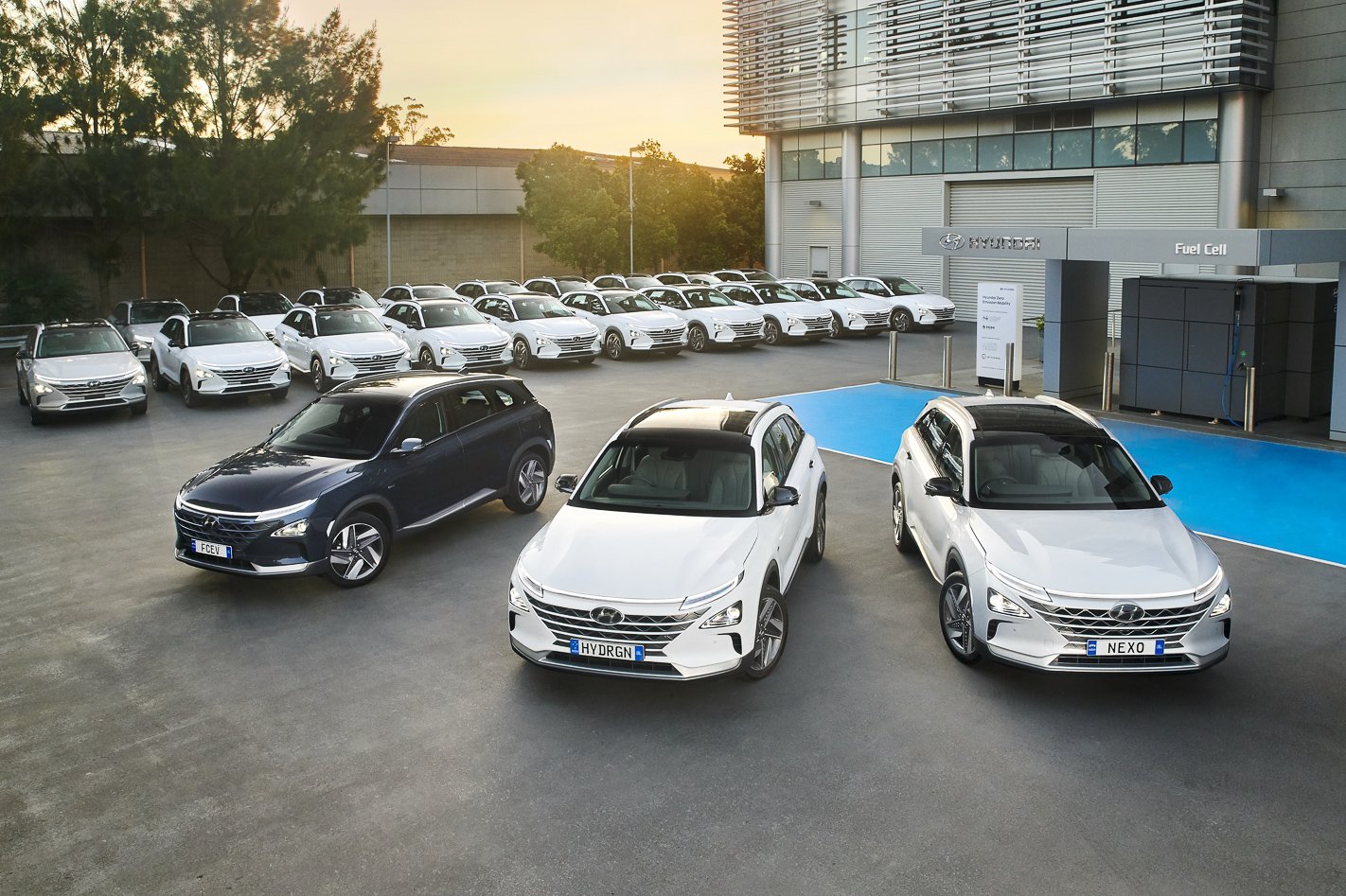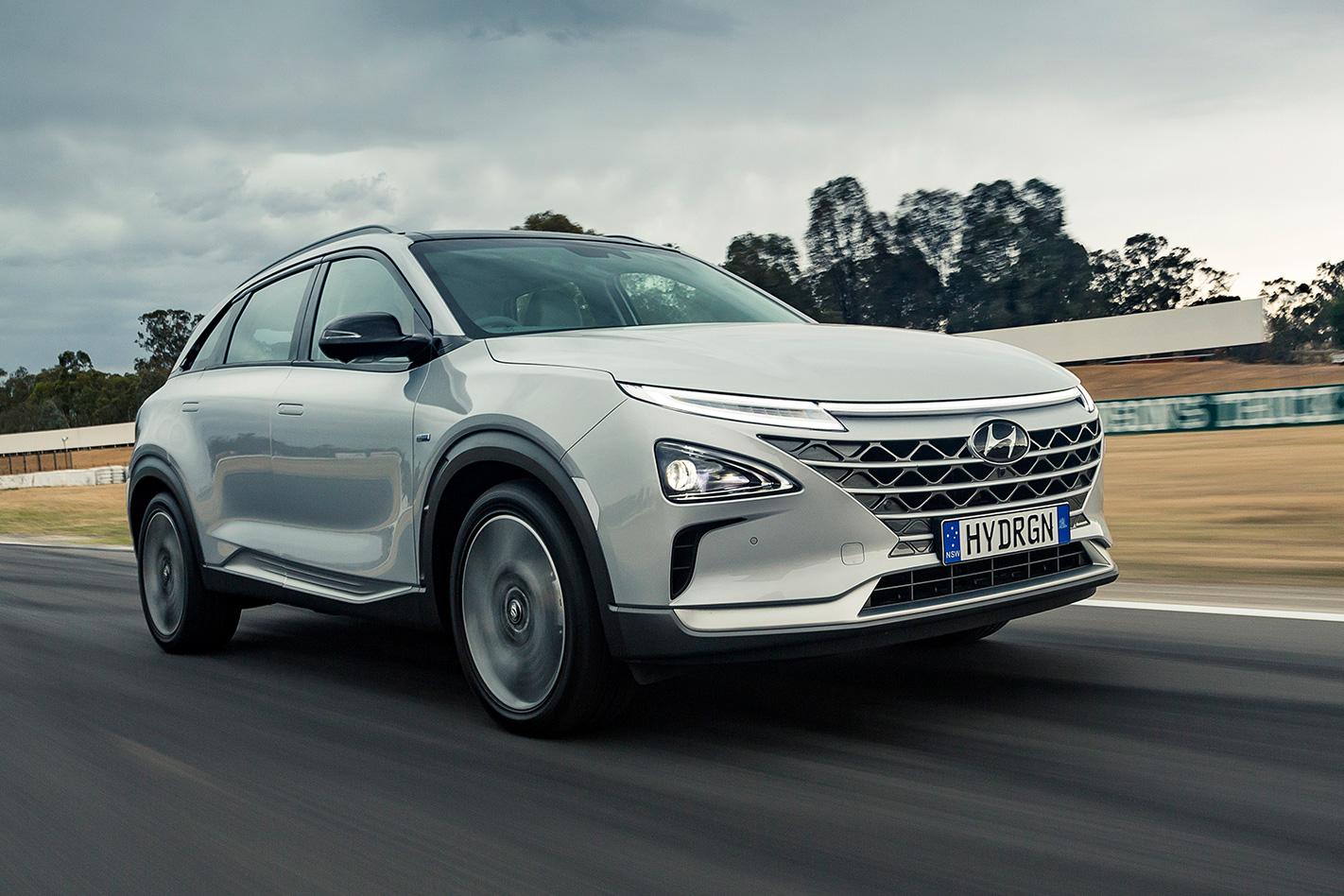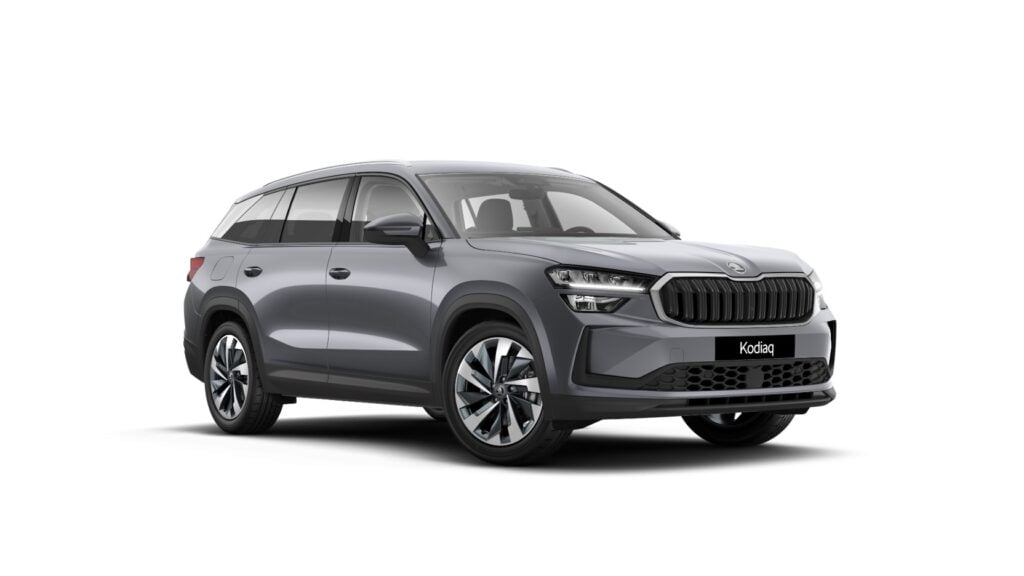
UPDATE, March 4: Hyundai has registered the first fleet of hydrogen fuel cell vehicles seen in Australia, revealed through the latest VFACTS data.
Hyundai’s 20-strong cache of Nexo crossover SUVs will hit the road in March as part of the ACT government’s fleet, the first hydrogen-powered vehicles to be used by a government in Australia.

The deployment of the fuel cell vehicles (FCEV) also represents the first time a hydrogen-powered car has been fully certified and ADR-complied, according to Hyundai.
ACT Minister for climate change and sustainability, Shane Rattenbury, said its new Nexo fleet is a positive step towards mitigating climate change.
“Tackling climate change means tackling transport pollution, and zero-emission vehicle technology is a key part of this,” Mr Rattenbury said.

Australia’s first public hydrogen refuelling station is scheduled to open later this month and will be able to service the government’s fleet. Refuelling time is sad to take less than five minutes. Hyundai’s own dealership in Phillip, ACT is another point of contact for FCEV drivers.
The initial 20 Hyundai Nexos will be joined by another 20 imminently, with the second batch destined for the QLD government’s fleet.
Queensland treasurer Cameron Dick said the trial will demonstrate the viability of an FCEV for normal road use, whether it’s for private use or for the government.
THE STORY SO FAR
June 2020: Hyundai Australia has welcomed a 20-strong fleet of Hyundai Nexo fuel-cell electric vehicles (FCEV) that will see use at the hands of ACT government later this year across a number of departments.
It is the first FCEV to be approved by Australian Design Rules (ADR), though a significant barrier to entry remains – the fact that no public refuelling station in Australia exists currently.
The 20 Hyundai Nexos won’t see a lot of road time before the third quarter of the year, when the official launch happens as well as the opening of a dedicated fuel-cell refuelling station in Canberra.

Presently, the only available hydrogen fuel source exists at Hyundai’s headquarters in Sydney. The opening of the first publicly-available hydrogen station will coincide with the use of the 20-strong fleet in Canberra.
Even still, Hyundai is particularly excited to welcome the Nexo mid-size SUV along to its range of electric, plug-in electric and hybrid cars.
“Nexo is the embodiment of our long-term commitment to introducing hydrogen-powered transport in Australia and around the world,” said Hyundai Australia chief executive Jun Heo.

“As part of a line-up that includes hybrid, plug-in hybrid and pure electric models, Nexo underscores our leadership in eco-mobility and our commitment to a sustainable, low-emissions motoring future in this country,” he said.
Australia switches on hydrogen car manufacturing
Hyundai says future hydrogen stations aren’t far behind the launch of the Canberra location, with plans for stations in Melbourne and Brisbane to be completed before the end of the year.

The Nexo offers a range of 666 kilometres and a refuelling time similar to that of an internal combustion engined car. The drive experience is similarly quiet to a normal electric car and the only by-product is water vapour. The Hyundai Nexo has achieved a five star ANCAP safety rating.
Toyota also shares a keen interest in hydrogen power for Australian cars, last year lending a pair of Mirai FCEVs to energy companies which were refuelled at a mobile hydrogen station at Toyota Australia’s Altona plant.
The hydrogen power movement is quietly building in Australia. The government announced a $300 million investment to boost production and exports of the gas, while we’ve also seen start-ups like Port Kembla-based H2X which plans to release its first FCEV by 2022.
For more information on how an FCEV works, visit this simple WhichCar explainer.



